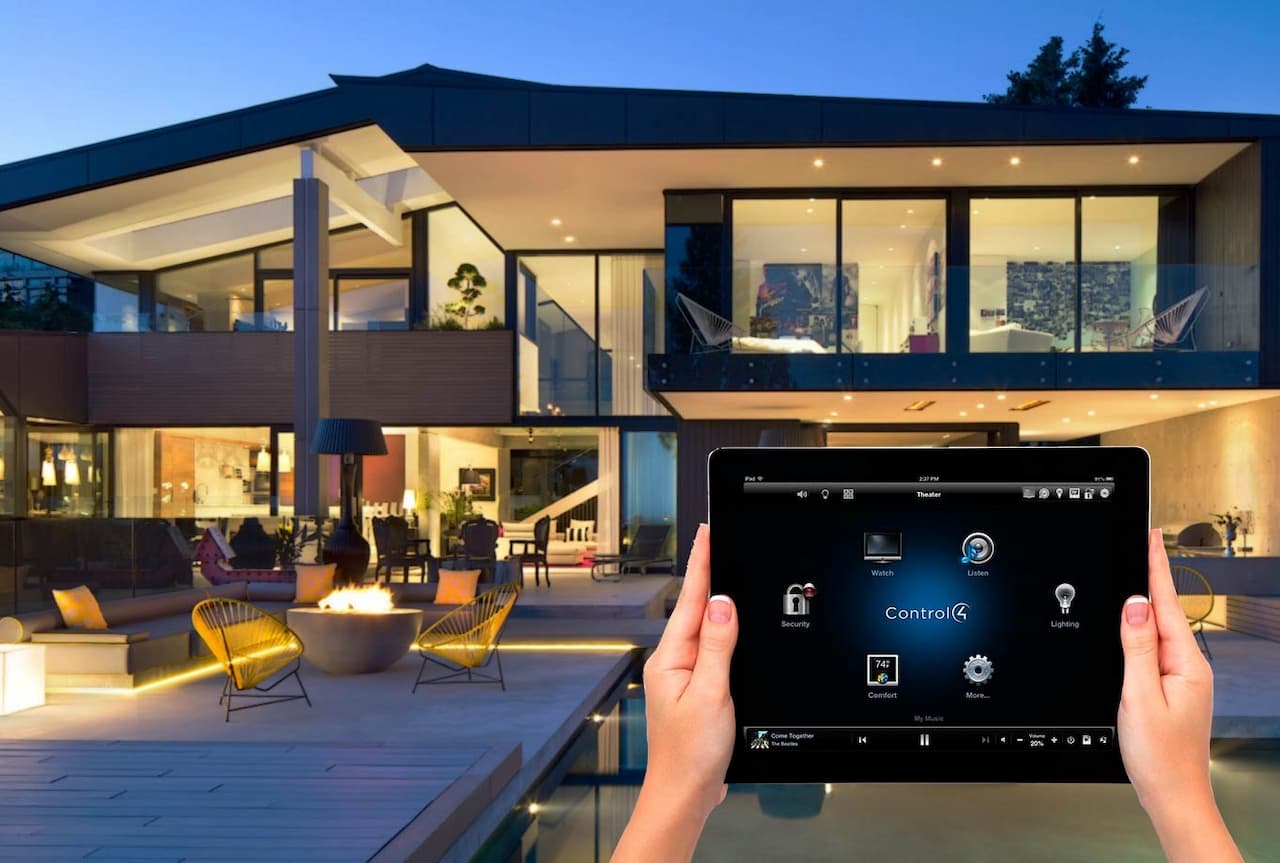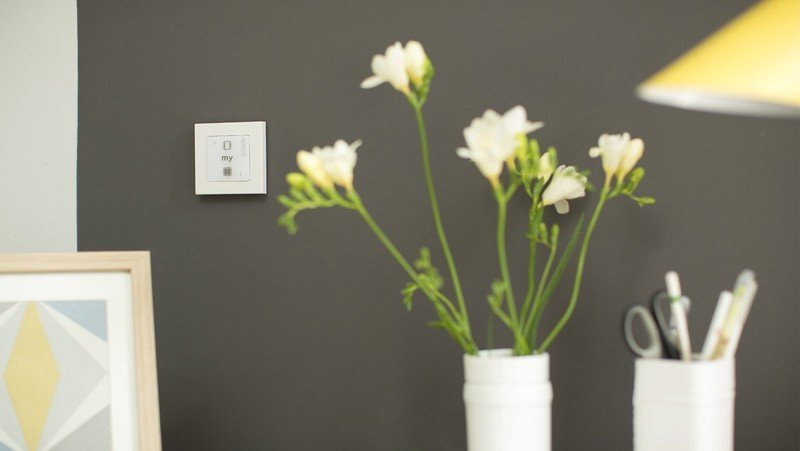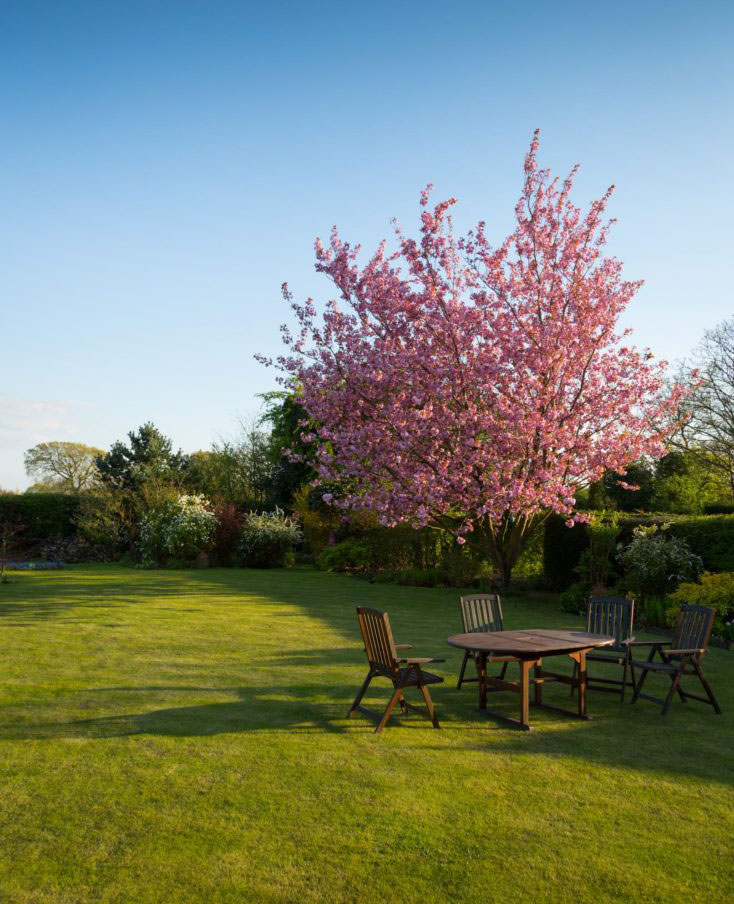Smart Homes: Global Market and Trends

Smart homes are an important segment of the high-tech digital products market. The Internet of Things, broadband data networks, green energy generation, and practical applications of artificial intelligence are in high demand in smart home solutions.
The team from TOP Locksmith can equip a smart home https://emergencylocksmithvancouver.ca/, usually install smart locks in the door.
It is important that smart homes have significant potential to multiply the quality of life. But this technology is still only developing, searching for the most demanded functions of a smart house by users.
Currently, it is safe to say that smart home appliances are the most in demand (38% of the market): the use of the Internet of Things creates maximum additional benefits for them. We can expect that in the future this trend will only increase: household appliances, power tools, heating and air conditioning systems will be combined into a single network that provides maximum convenience and efficiency. But, currently, this technology is in its development stage. Innovative start-ups are offering different solutions to the market, trying to identify key needs, finding the optimal price/benefit ratio for smart home appliances.
Global Smart Home Products Market Forecast and Structure, Billions of U.S. Dollars
According to Investopedia, there are currently about 175 million smart homes worldwide, and the number is growing quite rapidly. Several key factors can be identified for the market growth:
- Accelerated development of wireless data transfer and Internet of Things technologies. Miniaturization of sensors and reduction of power consumption: all these factors contribute to the expansion of the range of devices connected to the smart home.
- Growth of demand for home entertainment systems, their rapid improvement: wide-screen HDTVs, streaming video services, virtual and augmented reality devices. The pandemic period created a significant growth momentum for these industries;
- Growing quality of life and living standards in Southeast Asia: a new powerful center of demand for smart home products and services is emerging in this region.
- The formation of an end-to-end smart living environment – from the Internet of Things to smart cities – a unified digital space enables the most efficient use of resources and promotes quality of life.
The restraining factor for the development of smart homes
The restraining factor for the development of smart homes, as well as for the Internet of Things in general, is the increased risk of cyber attacks: with the growing number of devices connected to the smart home system, the vulnerability to hacker attacks is growing. Products and services of startups that offer solutions to protect against cybercriminals remain in high demand.
From the perspective of public and government interests, smart homes can be a useful tool to stimulate the development of several important digital industries. In addition, smart homes are a large market for the products of innovative startups, an important element for building efficient smart cities.
5 MAIN TRENDS IN SMART HOME TECHNOLOGY
Homes are becoming more and more “intelligent. “Smart coffee makers, for example, have become commonplace in many homes. There are even people who use them to wake up – after all, waking up to the smell of coffee is much more pleasant than the ringing of the alarm clock.
Here are the top trends in smart home technology in 2023.
- Sunshine. The replacement of manual controls with motorized controls in curtains and blinds continues. There’s no point in doing things by hand that automatics can handle with ease. Is it nighttime? The blinds close by themselves. The sun is too bright outside and you need to protect your plants in the house? You can turn the blinds just enough to give your plants light but not too much heat. Owners of tall panoramic windows let sunny mornings into the house with the touch of a button on their smartphone without even getting out of bed. Motorized shutters with burglary protection, control of all the windows in the house with one button, remote control over their condition via the Internet – all this already exists, for example, in the French company Somfy. Its TaHoma RTS smart home control system is used for complex control of all connected devices. Creating and implementing a variety of ready-made scenarios for different occasions (from morning wake-up with automatic preparation of coffee to preparing the house for the owners’ vacation) – is the main task of this “smart” system.
- Safety.
Most experts agree that this is a major trend that will never lose its importance. Anyone understands that a home should be not only comfortable, but also reliable. Modern security systems have long been more than just a simple door opener sensor. Electronic locks that open with a smartphone, automatic photo and video recording of unauthorized entry, perimeter integrity monitoring, phone notification to the owners of the intrusion – all this (and much more) is already working, developing and “getting smarter. Security also includes protection against domestic disasters (water leaks, gas leaks, etc.). In the case of a leak, the valves are automatically closed. In case of fire, the system itself can open the ventilation to exhaust smoke, call the firefighters, open the doors and even light the way to the seat of the fire. This can also include a system to simulate the presence of a person in the house. If automatic curtains are opened in the house in the morning and lights are switched on in the evening in different rooms, thieves are likely to bypass the house. A modern “smart” house can easily implement such a scenario.
- Health Care.
A good home is a healthy home. Mankind invented a lot of devices to take care of health. It is time to adapt them for a “smart” home, or more precisely, for its owners. Clean air sensors make sure everyone breathes safely, turning on filters, hoods and other cleaning systems when necessary. When the kids go to daycare, a quartz system starts up in their room, and when the air gets too dry, humidifiers throughout the house. If there is an elderly person in the home, the use of medical sensors is relevant. In a critical case, they can raise the alarm and even call an ambulance on their own.
- Household appliances.
Home appliances that are used more often than others are the first to go “smart. For example, Smart light bulbs Philips Hue are controlled via Wi-Fi and give the right shade of light at the right time. In the bathroom, they give a clear white light in the morning and a soft, warm and relaxing light in the evening. Refrigerators that order their own groceries when they run out, or alert you when milk is nearing the end of its shelf life. Vacuum cleaning robots which clean the whole house themselves when the hosts come home. Tables or shelves on which you can put your smartphone and pick it up already charged. Mirrors that show the news and incoming mail when you wash up in the morning. A “smart” toilet with an automatic flush and disinfection system, a Wi-Fi router and a stereo system still seems more like an anecdote, but it clearly shows the direction of development of the most common household appliances.

Attempts to create a single standard
So far, there are many standards for controlling smart devices, and not all of them are compatible with each other. But there are already attempts to create a single standard, and more and more manufacturers are working in this direction. As a good example, TaHoma is worth mentioning. Many European manufacturers are leaning towards controlling with it. Already more than a hundred devices are working with this technology, and every day their number is increasing. It is this technology that Verisure, one of the most serious Spanish companies involved in “smart” alarm systems, prefers to use. It is the one chosen by the French company DeDietrich, which develops high-end home appliances. Among the undoubted advantages of the device TaHoma RTS – control via smartphone with installed application TaHoma, which is available for both iOS and Android. Such a solution maximizes the opportunities offered by a smart home and allows you to manage and control your home even when you are away on vacation.
